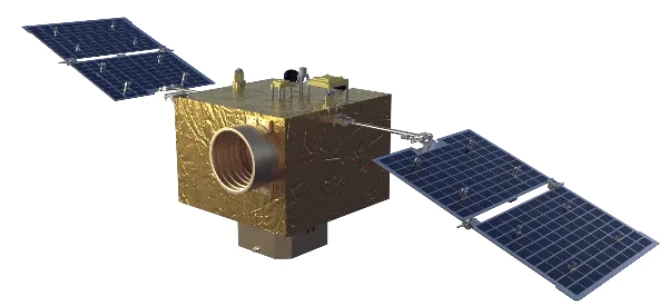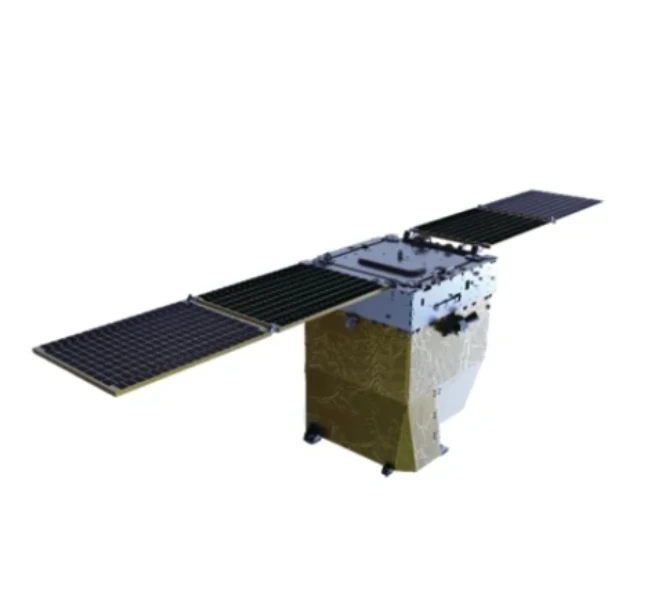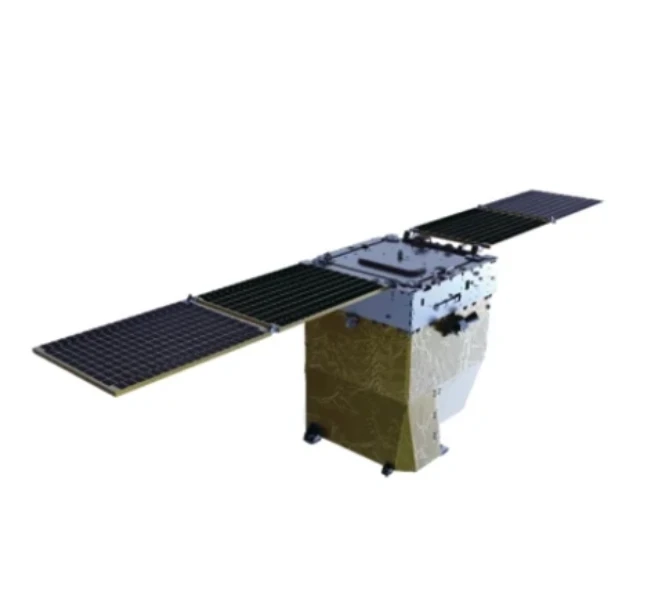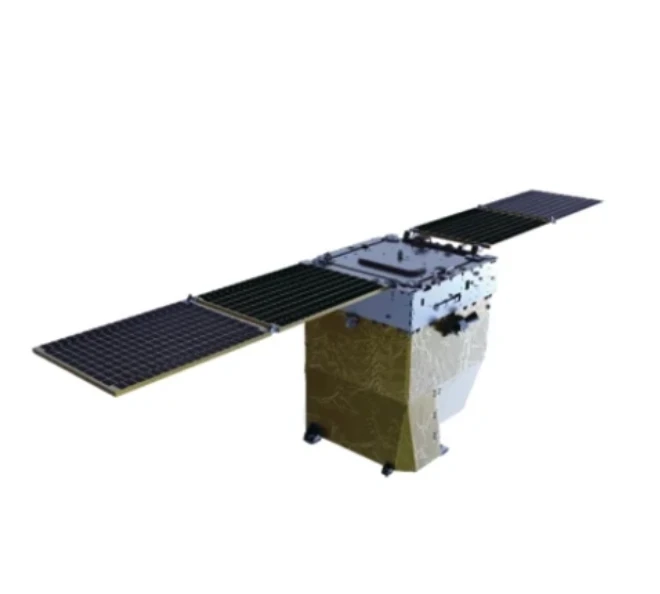
- africano
- albanese
- amarico
- arabo
- armeno
- Azero
- Basco
- Bielorusso
- bengalese
- Bosniaco
- bulgaro
- catalano
- Cebuano
- Cina
- Corso
- croato
- ceco
- danese
- Olandese
- Inglese
- esperanto
- Estone
- finlandese
- francese
- Frisone
- galiziano
- georgiano
- tedesco
- greco
- Gujarati
- Creolo haitiano
- Hausa
- hawaiano
- ebraico
- NO
- Miao
- ungherese
- islandese
- Igbo
- indonesiano
- irlandese
- Italiano
- giapponese
- giavanese
- Italiano:
- kazako
- khmer, lingua cambogiana
- Ruandese
- coreano
- Curdo
- kirghiso
- Lavoro
- latino
- lettone
- lituano
- Lussemburghese
- macedone
- malgascio
- malese
- Malayalam
- maltese
- Maori
- Italiano:
- mongolo
- Birmania
- Nepalese
- norvegese
- norvegese
- occitano
- Pashtu
- persiano
- Polacco
- portoghese
- Punjabi
- rumeno
- russo
- Samoano
- gaelico scozzese
- serbo
- Inglese
- Sciona
- Sindhi
- Singalese
- slovacco
- sloveno
- Somalo
- spagnolo
- Sudanese
- swahili
- svedese
- Italiano:
- Tagiko
- Italiano:
- tartaro
- Telugu
- tailandese
- turco
- Turkmeno
- ucraino
- Italiano:
- Uiguro
- Uzbeko
- vietnamita
- gallese
- Aiuto
- yiddish
- Iorubà
- Zulù
Understanding Satellite Platforms
In the rapidly evolving space industry, satellites are no longer just specialized government tools — they are essential for communications, Earth observation, scientific research, defense, and more. At the heart of every satellite is its piattaforma satellitare, also known as a satellite bus — the core structure that supports mission payloads and provides the essential systems needed to operate in orbit.
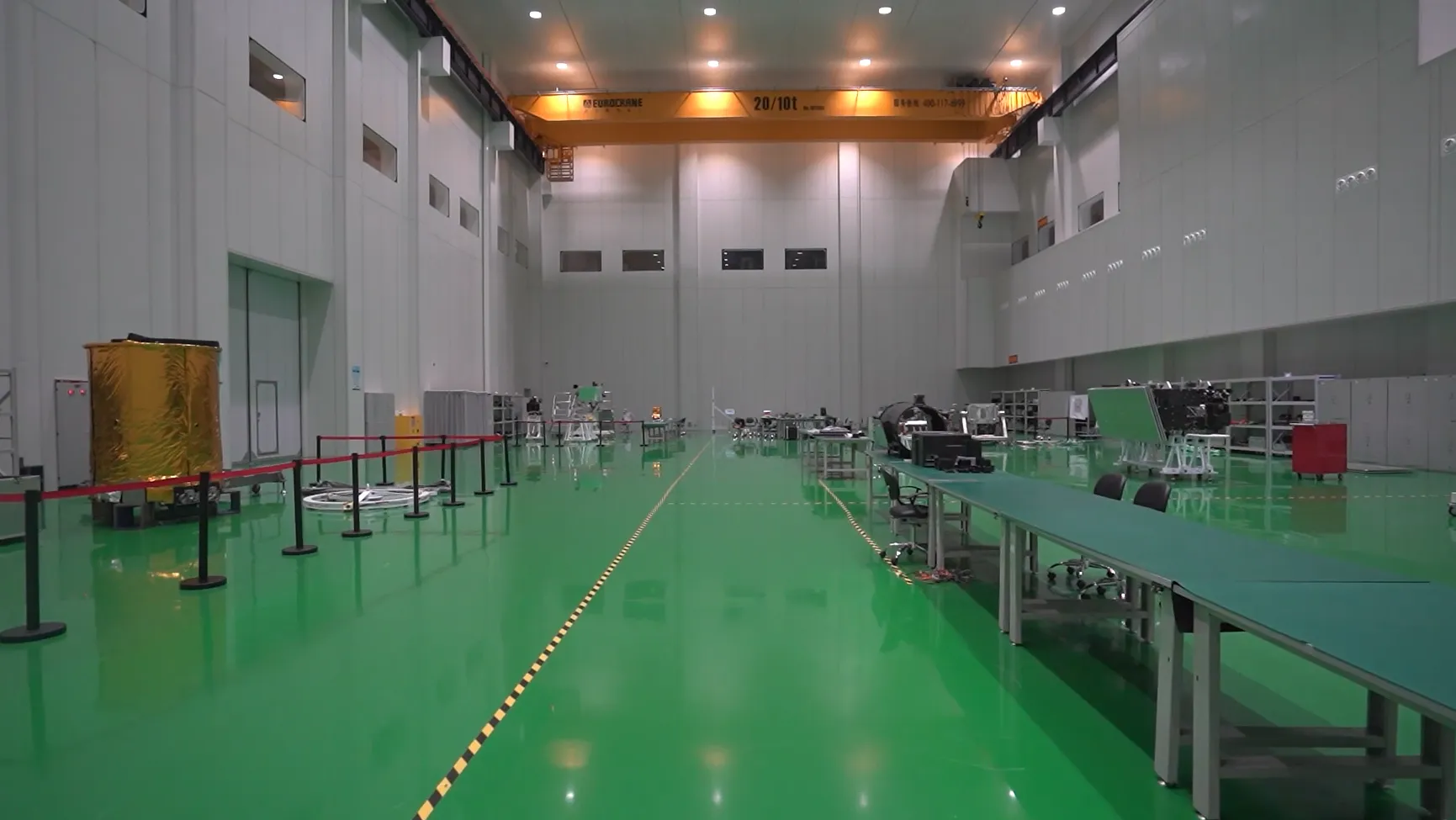
Whether you are a space agency, commercial satellite operator, or a startup exploring NewSpace opportunities, understanding progettazione bus satellitare, how to evaluate produttori di bus satellitari, and what influences costo bus satellitare is crucial to mission success.
This guide explains what a piattaforma satellitare is, what to consider when selecting one, and how to find the best partners for development and production.
What Is a Satellite Platform (Satellite Bus)?
A piattaforma satellitare or satellite bus is the foundational infrastructure of a satellite that houses and supports all necessary systems — aside from the mission-specific payload — needed to keep the satellite operational.
Key systems integrated into a satellite bus include:
- Power systems(solar arrays and batteries)
- Thermal control(to manage extreme temperatures in space)
- Attitude and orbit control systems (AOCS)(for positioning and maneuvering)
- Communication subsystems(for transmitting data to and from Earth)
- Propulsion systems(for orbital adjustments)
- Structural components(to hold everything together securely)
Once combined with a payload (such as a camera, communication transponder, or scientific instrument), the satellite bus becomes a fully functional spacecraft.
Why Satellite Bus Design Matters
1. Optimized Performance
A well-engineered progettazione bus satellitare ensures that all essential subsystems work harmoniously, providing the right balance of weight, power, and functionality for the mission.
2. Cost Efficiency
Choosing the right piattaforma satellitare and bus design helps manage costo bus satellitare by avoiding over-engineering and focusing on mission-specific requirements.
3. Modularity and Scalability
Modern satellite bus designs are often modular, allowing for quicker production and adaptability to different mission profiles — from small CubeSats to large geostationary satellites.
4. Reliability in Harsh Conditions
A robust piattaforma satellitare ensures that the satellite can operate reliably in the challenging environment of space — facing radiation, temperature extremes, and micrometeoroid threats.
What Influences Satellite Bus Cost?
The costo bus satellitare depends on several critical factors:
1. Size and Class
- Small satellites (CubeSats, SmallSats)generally range from $500,000 to $5 million, depending on complexity.
- Medium and large satellites(LEO, MEO, GEO) can cost $10 million to over $500 million, especially for complex communications or Earth observation platforms.
2. Power and Payload Capacity
Buses designed to carry heavy payloads with high power demands require more robust systems, increasing costs.
3. Propulsion Type
Electric propulsion systems (efficient but slower) may cost less than high-thrust chemical propulsion, depending on mission needs.
4. Customization vs. Off-the-Shelf
Off-the-shelf satellite bus platforms are cheaper and faster to deploy but may not meet highly specialized mission requirements that require custom engineering.
5. Supplier and Production Scale
Working with experienced produttori di bus satellitari that offer standardized platforms at scale can reduce unit costs.
How to Choose Satellite Bus Manufacturers
Selecting reliable produttori di bus satellitari is essential for mission success. Here’s what to look for:
1. Experience and Track Record
Choose manufacturers with a proven history of delivering successful satellite platforms for similar missions, whether for LEO, MEO, or GEO operations.
2. Engineering Capabilities
Top manufacturers offer full engineering support, from design and integration to testing and launch support.
3. Customization Options
Depending on your mission, you may need unique payload interfaces, specialized thermal systems, or novel propulsion — experienced manufacturers can tailor satellite bus designs to these needs.
4. Cost Transparency
Understanding costo bus satellitare upfront helps with budget planning. The best manufacturers offer clear cost breakdowns and flexible options to fit different funding levels.
5. Production Timeline and Capacity
Consider manufacturers that can meet your timeline, especially if you're part of a constellation deployment or time-sensitive mission.
Trends in Modern Satellite Platform Design
-
Miniaturization: SmallSats and CubeSats are driving innovation in compact, lightweight satellite platformswith high capability.
-
Electric Propulsion: More missions are using electric propulsion for efficient orbital adjustments.
-
Modular Platforms: Modular bus designs enable faster assembly and customization.
- Reusable and Upgradable Designs: New trends focus on upgradable or serviceable satellites to extend mission life.
A piattaforma satellitare is the core of any space mission, providing the essential systems that allow the payload to operate effectively in orbit. By choosing the right produttori di bus satellitari, carefully evaluating progettazione bus satellitare, and understanding the elements that influence costo bus satellitare, you can ensure mission success while optimizing for budget and performance.
Whether you're launching a single Earth observation satellite or an entire constellation, selecting the right piattaforma satellitare partner is key to achieving your goals — efficiently, reliably, and affordably.
Satellite Bus FAQs
Q1: What is a satellite bus, and why is it important?
A: A satellite bus is the core structure and system of a satellite that supports all operational subsystems (power, communications, propulsion) and provides the foundation for the payload. It is essential for the satellite’s function and mission success.
Q2: How much does a satellite bus cost?
A: Satellite bus costs vary widely. Small satellite buses can start from $500,000 to $5 million, while large, complex buses (e.g., for GEO satellites) can range from $50 million to $500 million, depending on size and mission complexity.
Q3: How do I choose a satellite bus manufacturer?
A: Select produttori di bus satellitari with a proven track record, engineering capabilities, customization options, transparent pricing, and the ability to meet production deadlines.
Q4: What are the main types of satellite bus designs?
A: Common satellite bus designs include small satellite platforms (CubeSats, SmallSats), medium-class buses for LEO and MEO, and large geostationary satellite buses for telecommunications and Earth observation.
Q5: Can I customize a satellite platform for my mission?
A: Yes, many produttori di bus satellitari offer fully customizable satellite bus designs, including tailored propulsion systems, specialized payload integration, and unique structural configurations to meet specific mission needs.








